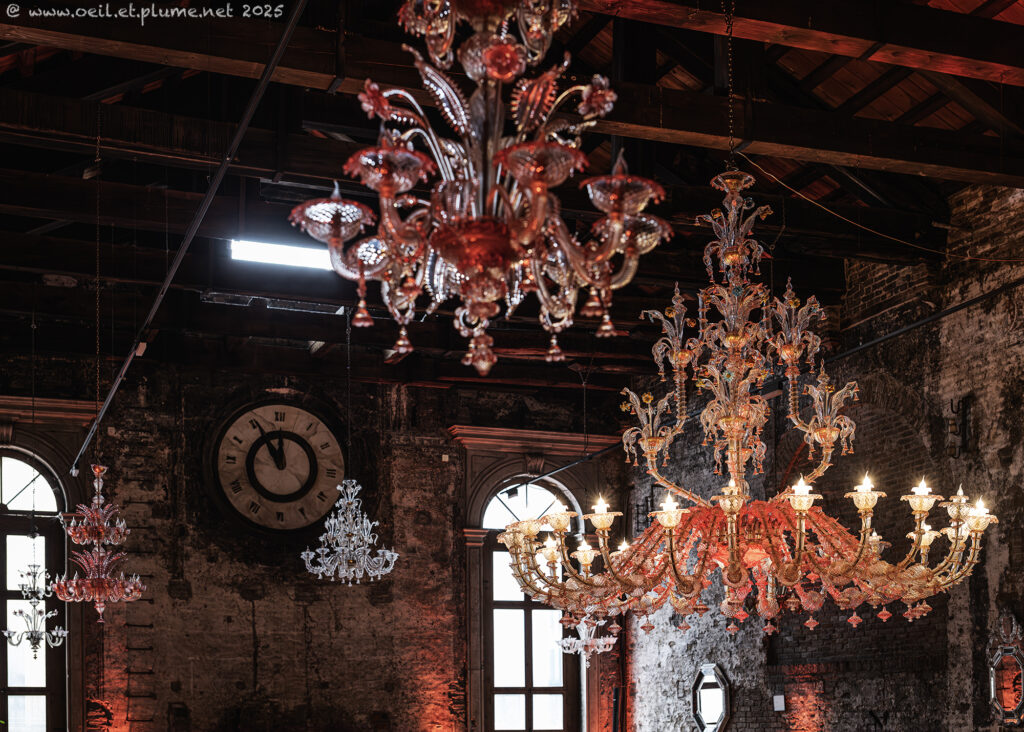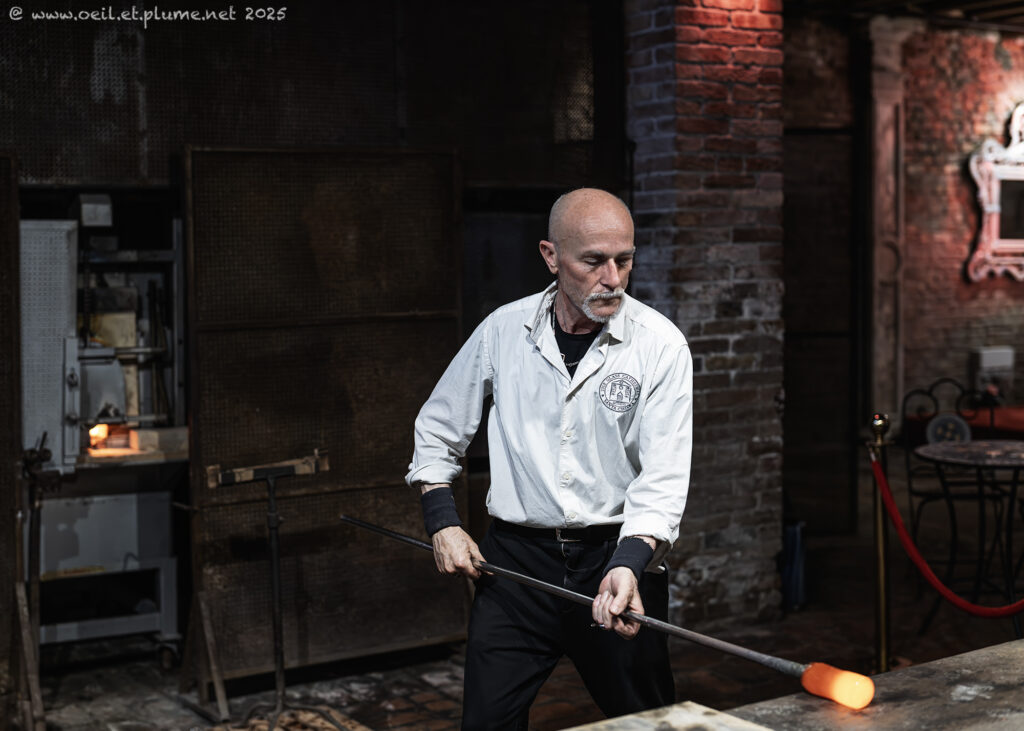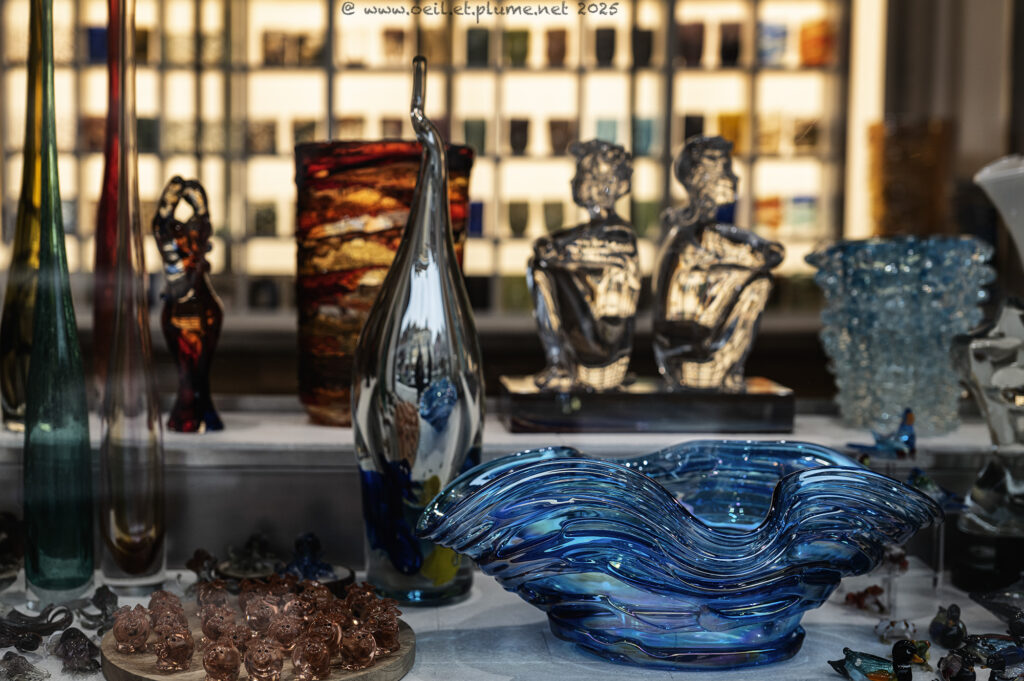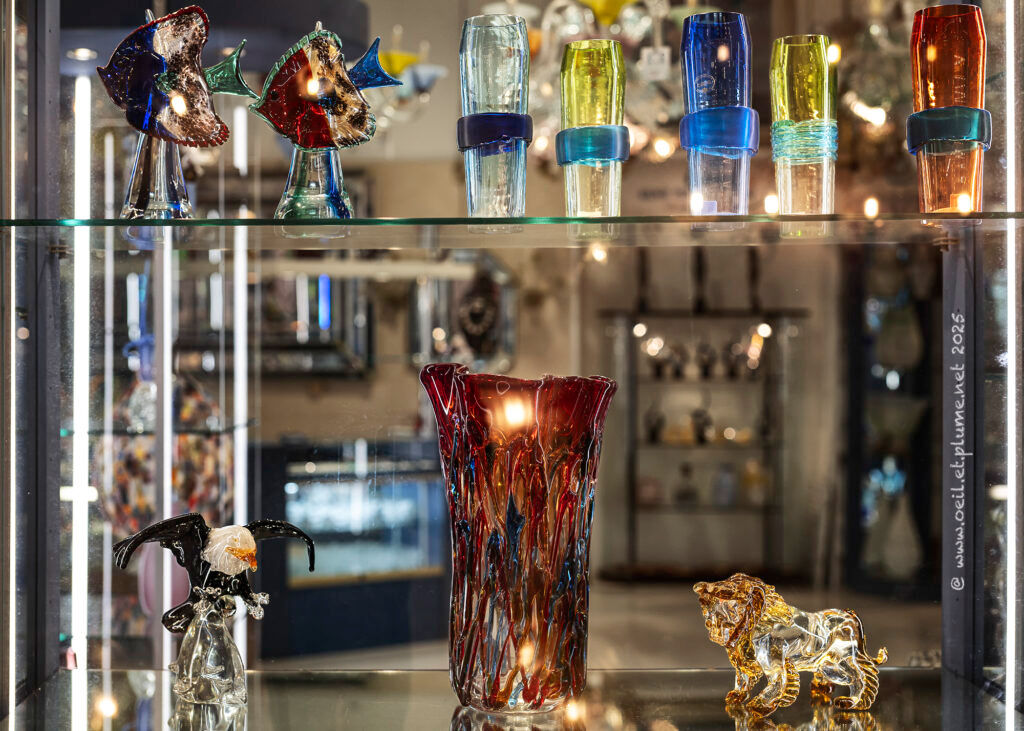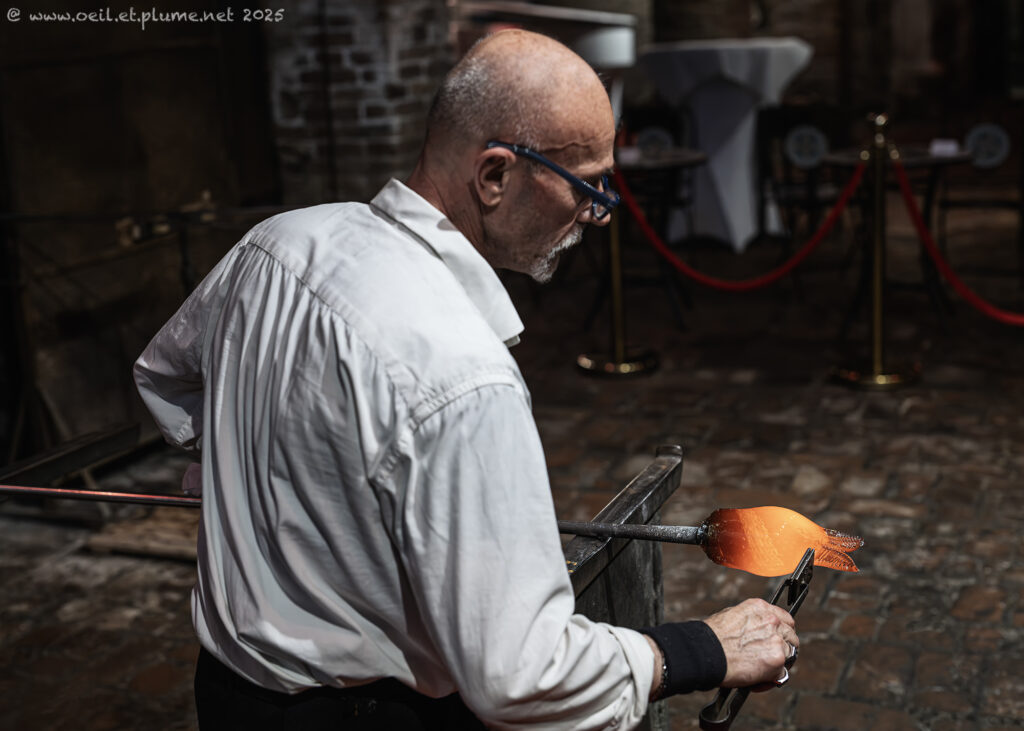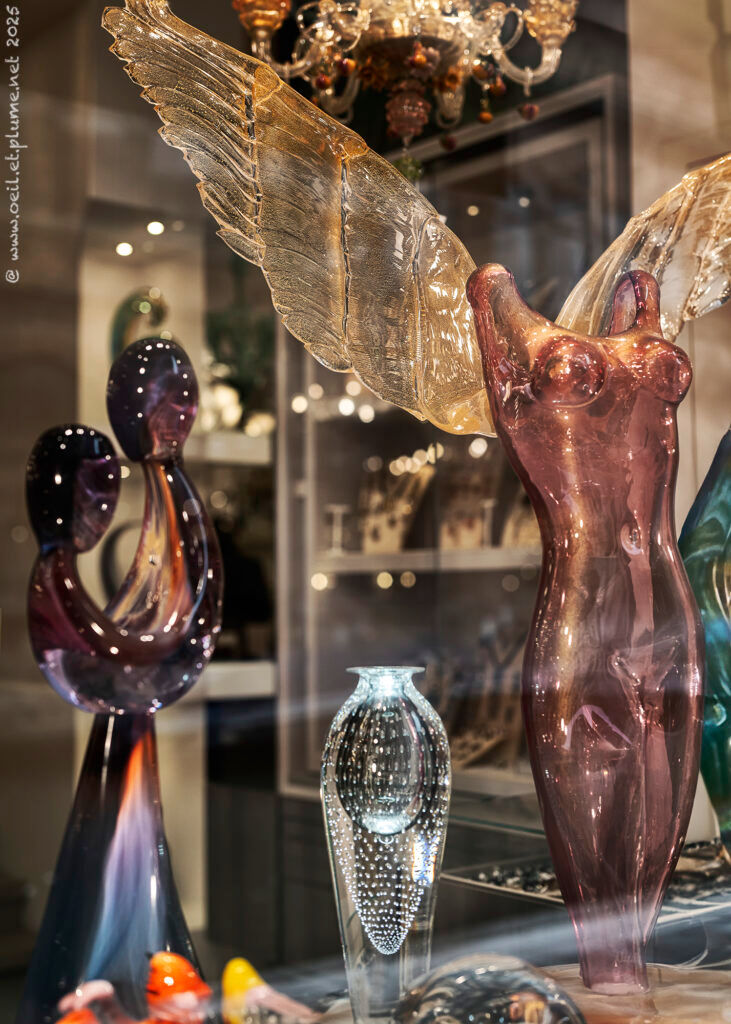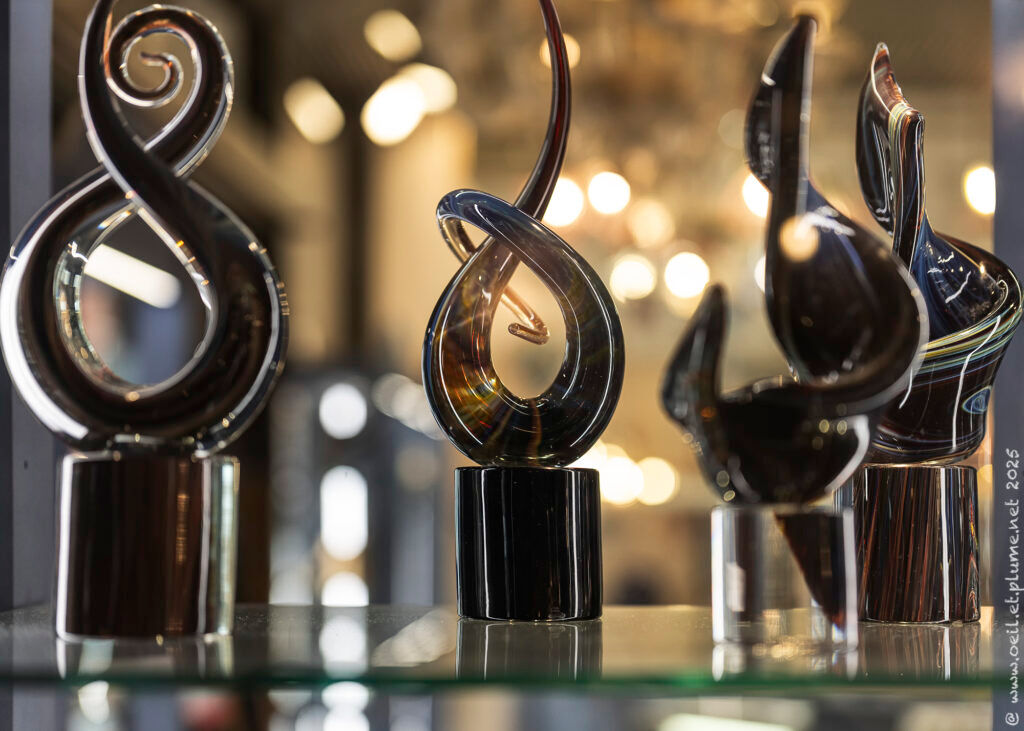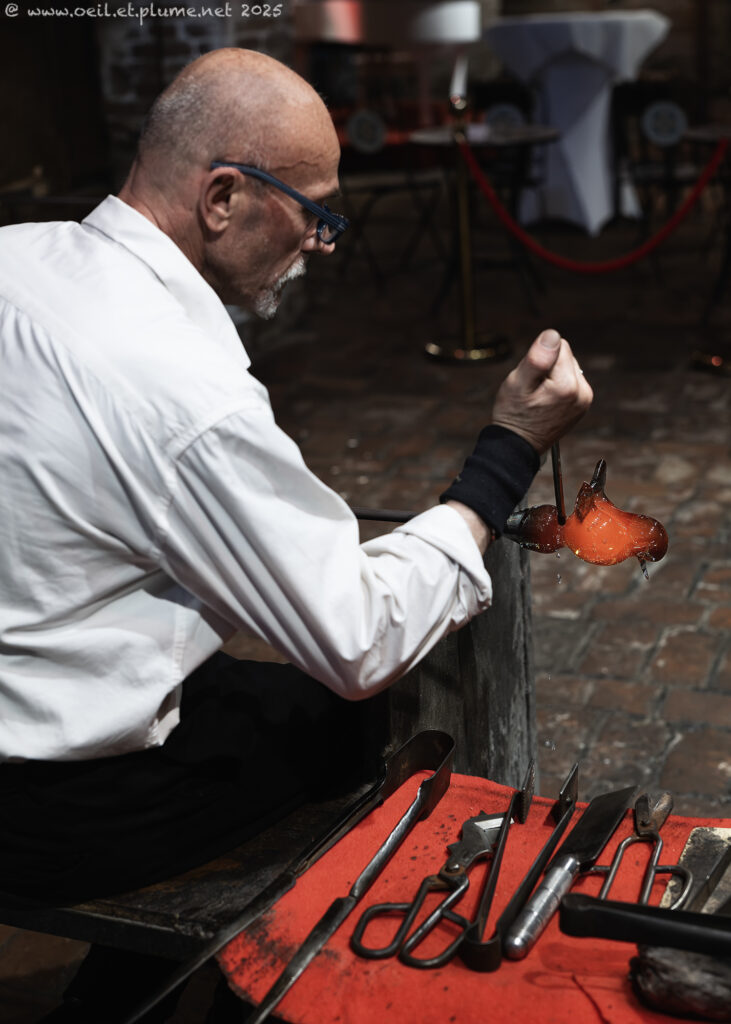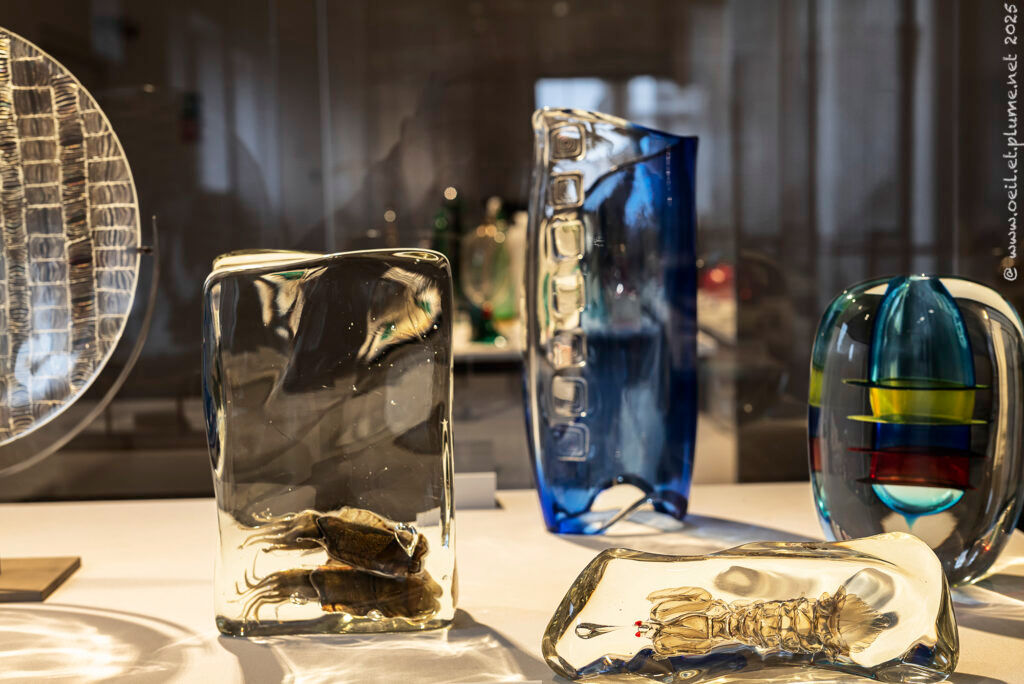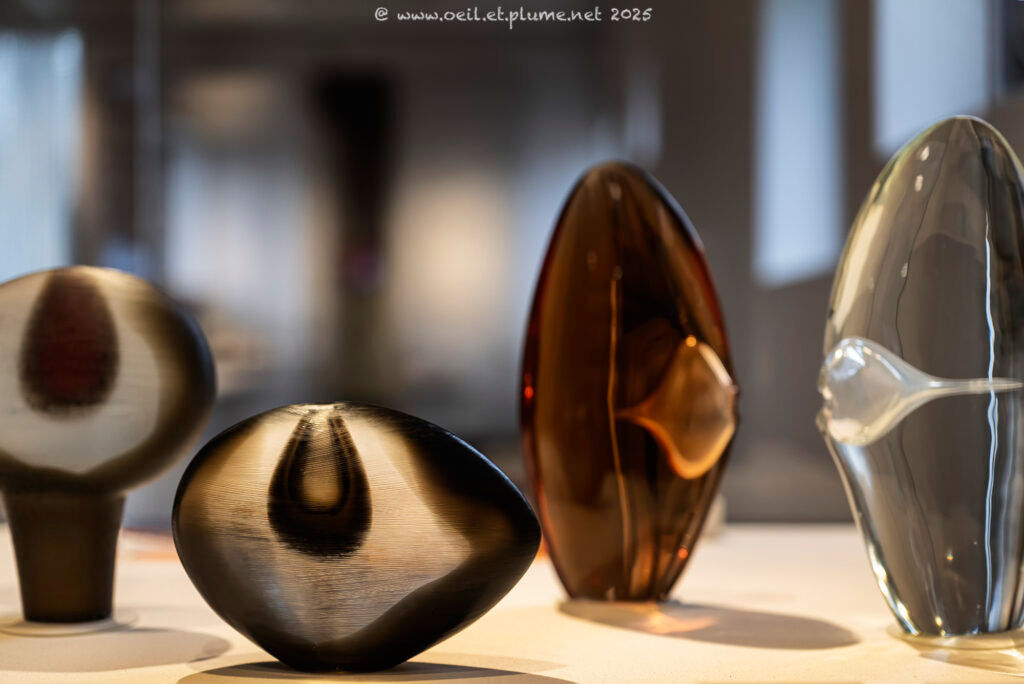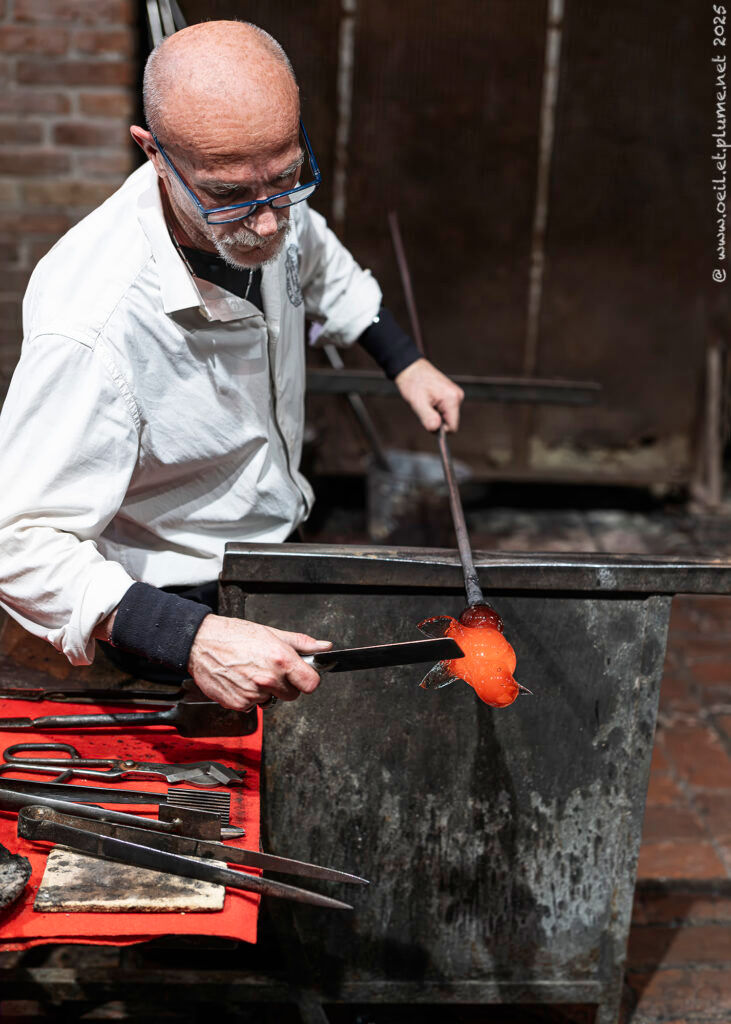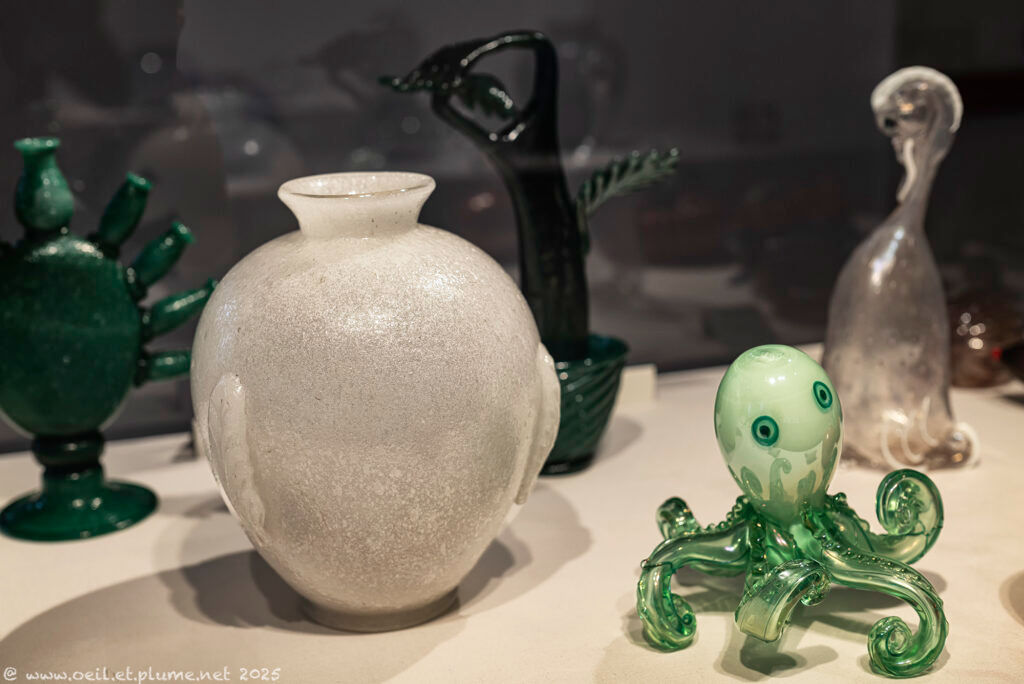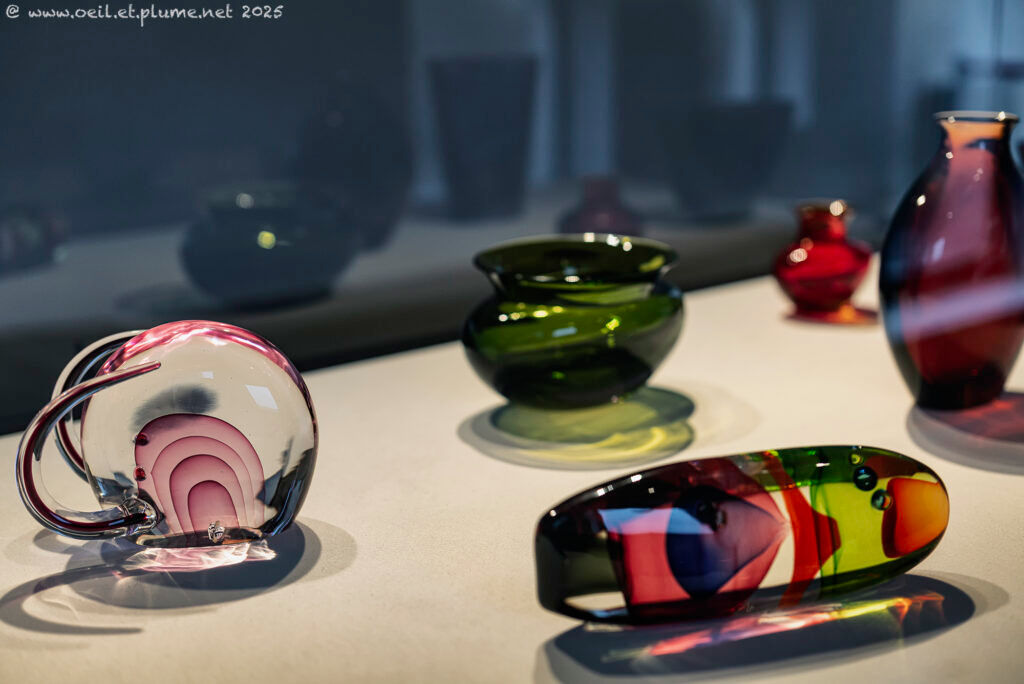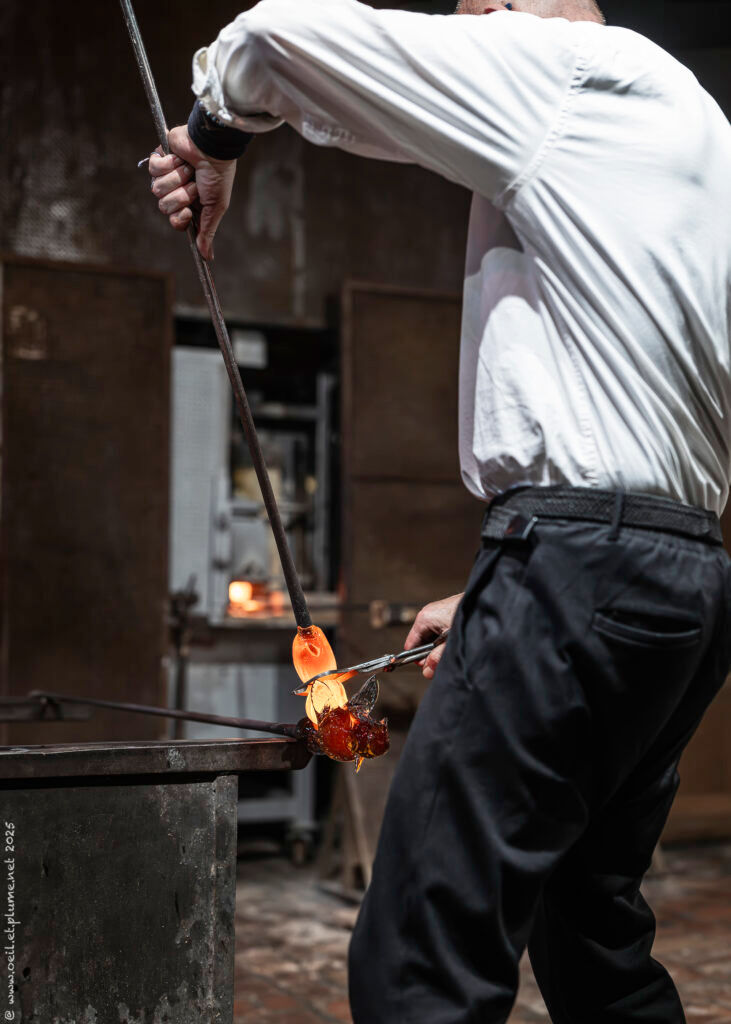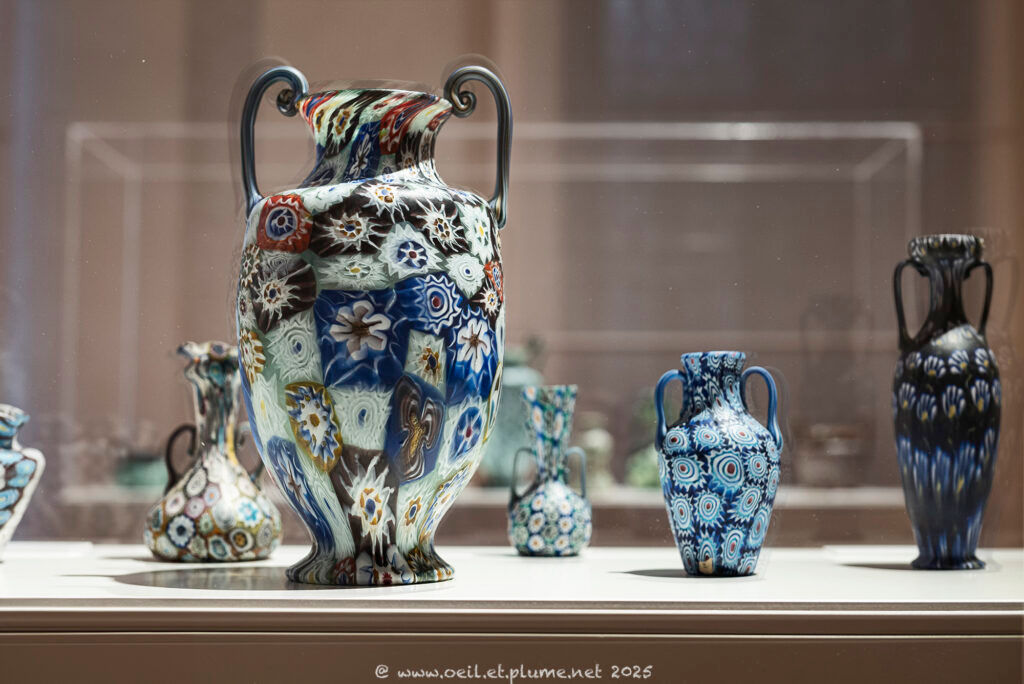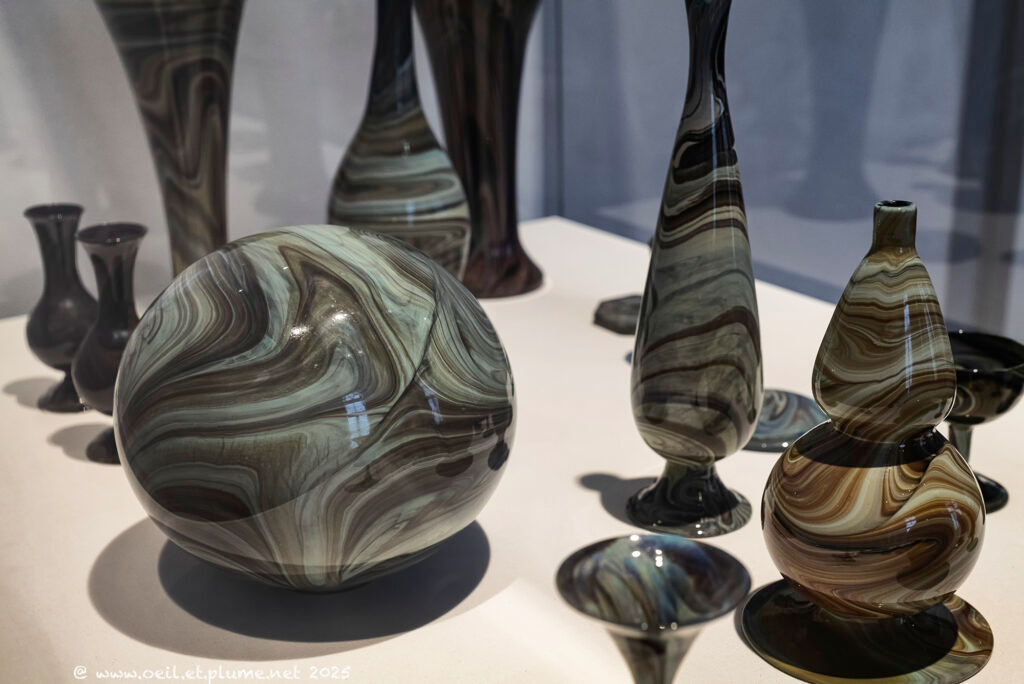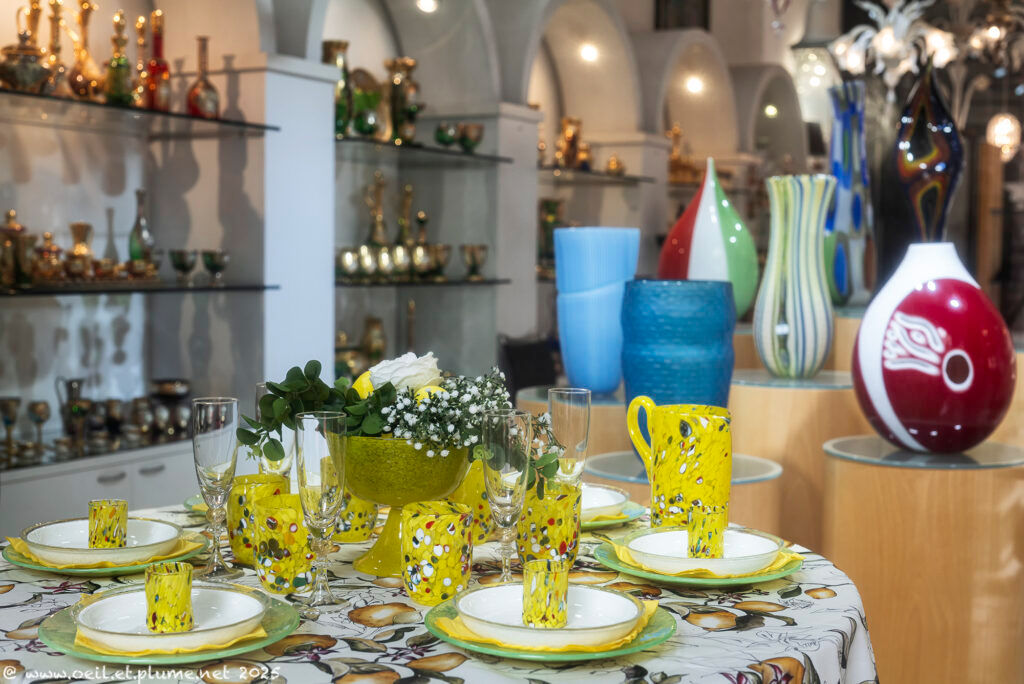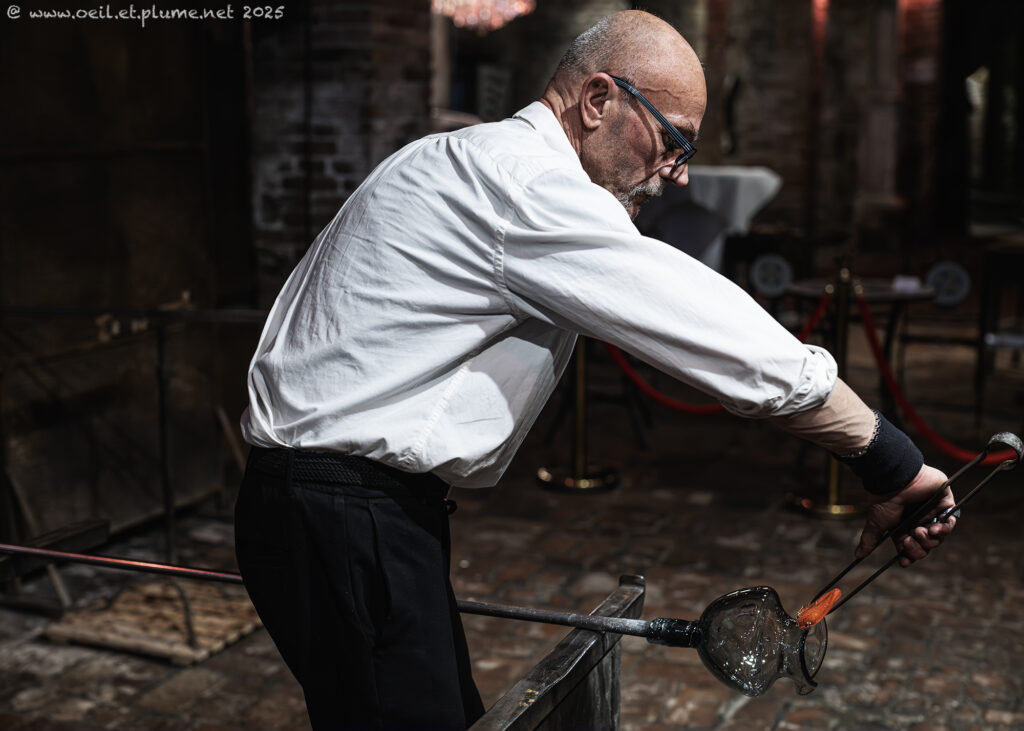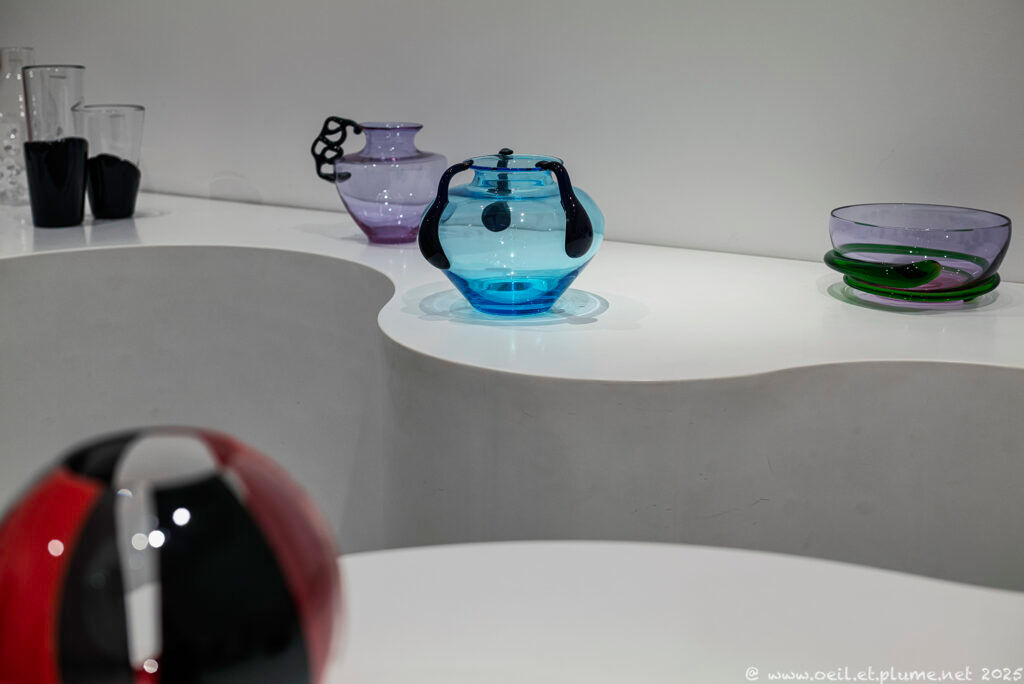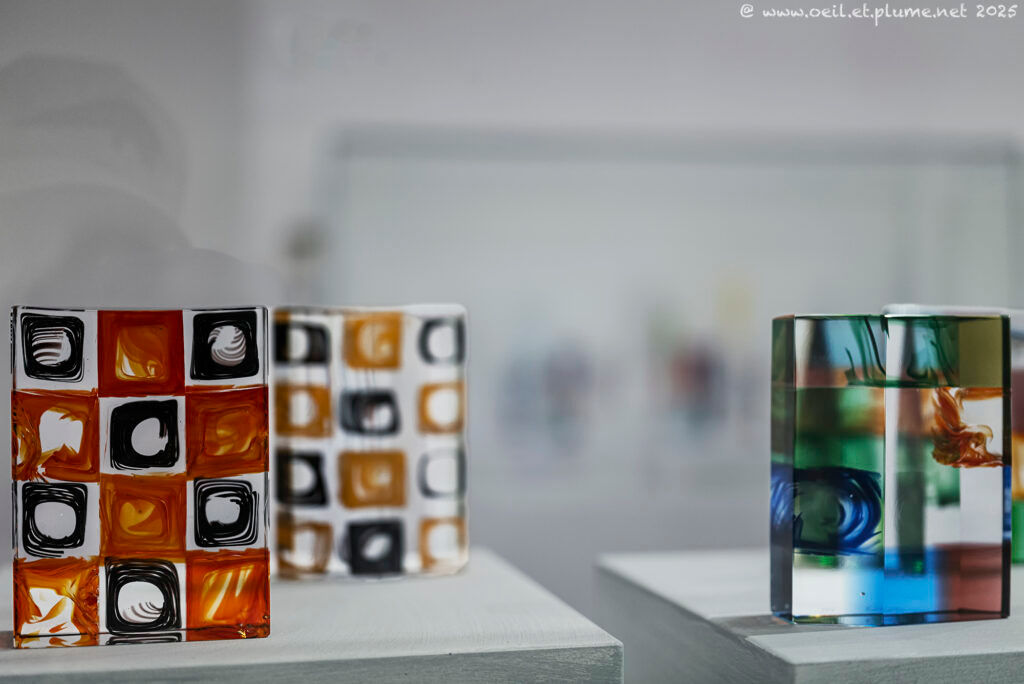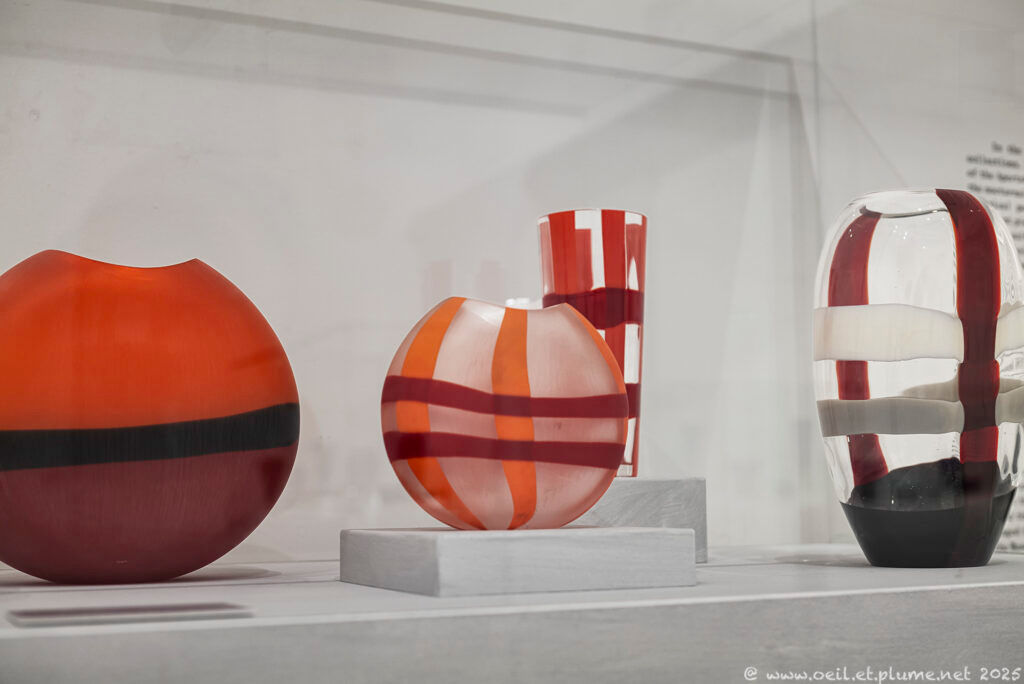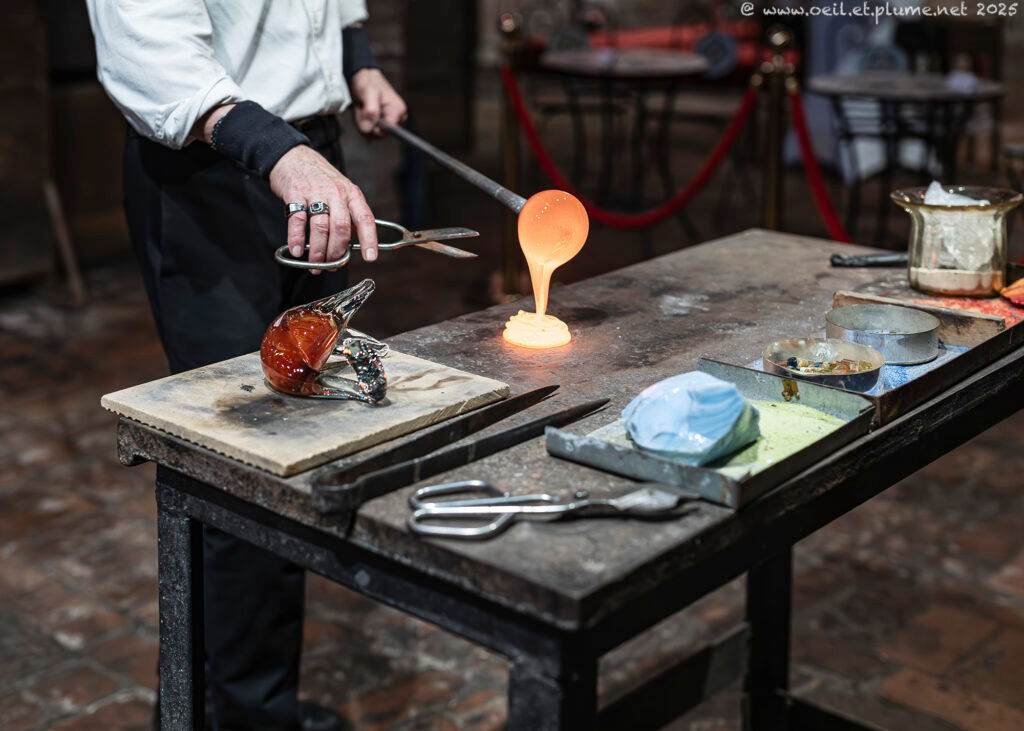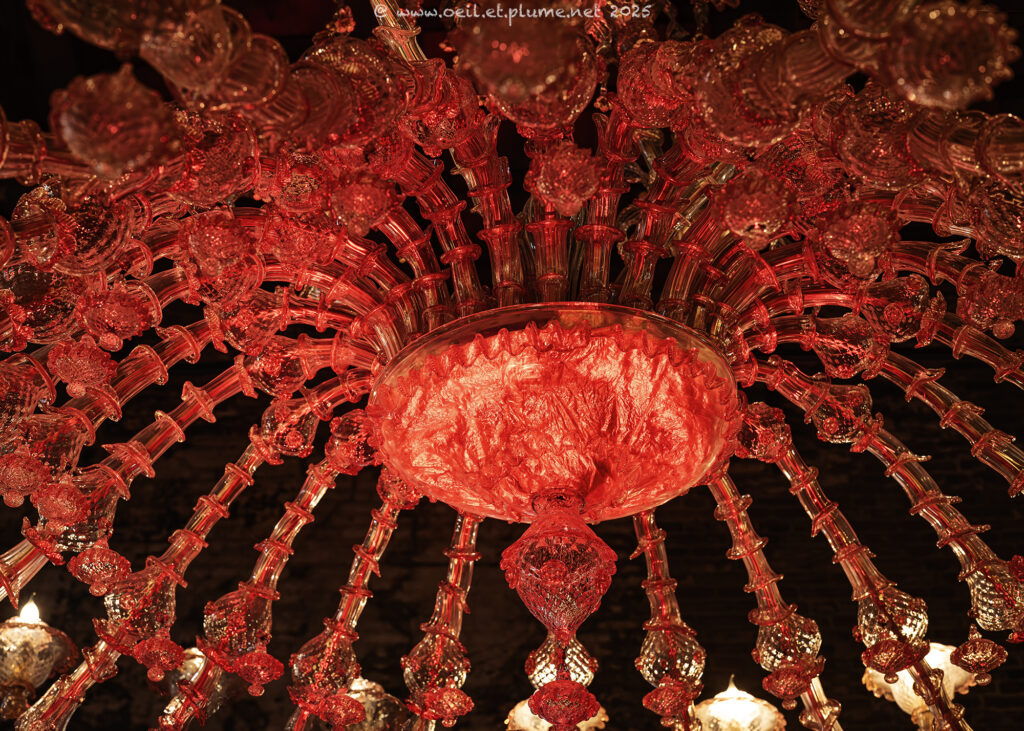Artistic glassmaking and glassware on the island of Murano left a lasting impression on me during my first visit to Venice decades ago. That fascination was only reaffirmed during a recent stay in the Venetian Lagoon. Murano glass and crystal rightly stand as symbols of exceptional material quality, as well as refined and innovative craftsmanship.
The glassmith proceeds calmly, with a steady sequence of well-calibrated gestures. Having drawn molten glass from the furnace, he begins the shaping process. Soon, a delicate little bird emerges from the glowing mass, its form gradually refined through precise interventions. As the glass cools, its colours deepen—growing darker, more subtle. In the final touch, the piece is smoked through the flames of a simple sheet of paper. Once severed from its mother blowpipe, the exquisite creature stands ready to fly on its own wings.
The glassmaker uses only a handful of metallic tools, neatly arranged on a nearby bench. The Murano’s glassmith tools have hardly changed over the centuries. One might wonder how such refined glass pieces can emerge from so few and simple instruments. But as an old local saying goes, “Good tools are nice, but good hands are better.” Indeed, Murano glassmakers rely more on their mastery than on any special equipment.
Since the Middle Age, Murano glassmakers have sourced the finest raw materials and developed innovative, often highly sophisticated techniques. These include optically clear glass, glass infused with threads of gold (aventurine), multicoloured glass, milk glass which looks like porcelain, enamelled glass, and glass that mimics the appearance of gemstones. Many of these centuries-old techniques are still practiced today in Murano, shaping both traditional and contemporary art work.
Since the Middle Age, Murano glassmakers have sourced the finest raw materials and developed innovative, often highly sophisticated techniques. These include optically clear glass, glass infused with threads of gold (aventurine), multicoloured glass, milk glass which looks like porcelain, enamelled glass, and glass that mimics the appearance of gemstones. Many of these centuries-old techniques are still practiced today in Murano, shaping both traditional and contemporary works of art.
Initially, Murano glassmakers specialised in beads and mirrors. Over the centuries, their craft expanded to include chandeliers, tableware, and jewellery. During the Middle Age, Venetian glass beads became a form of trade currency far beyond Europe. Remarkably, some have even been discovered recently at Inuit archaeological sites in Alaska—evidence that these beads reached North America via trade routes as early as the 15th century.
Murano’s exceptional concentration of skills and its culture of technical secrecy secured a near-monopoly in high-end glass production during the Middle Age and the Renaissance. Its golden age peaked in the 15th and 16th centuries, fuelled by Venice’s thriving role in international trade across the Mediterranean and beyond. This economic dynamism fostered demand for art glass and spurred further innovation.
Murano’s privileged position in glassmaking eventually declined with the rise of other high-quality glass production centres across Europe. In 1797, Napoleon’s forces occupied Venice and dissolved the Venetian Republic, further weakening Murano’s glassmaking industry.
Murano glassmaking began its revival in the 1920s, as artisans and entrepreneurs worked to reclaim its legacy. Today, the island is once again home to numerous glass factories and a handful of individual artists’ studios, where traditional techniques continue to inspire contemporary creations.
To continue here.
Cheers,
